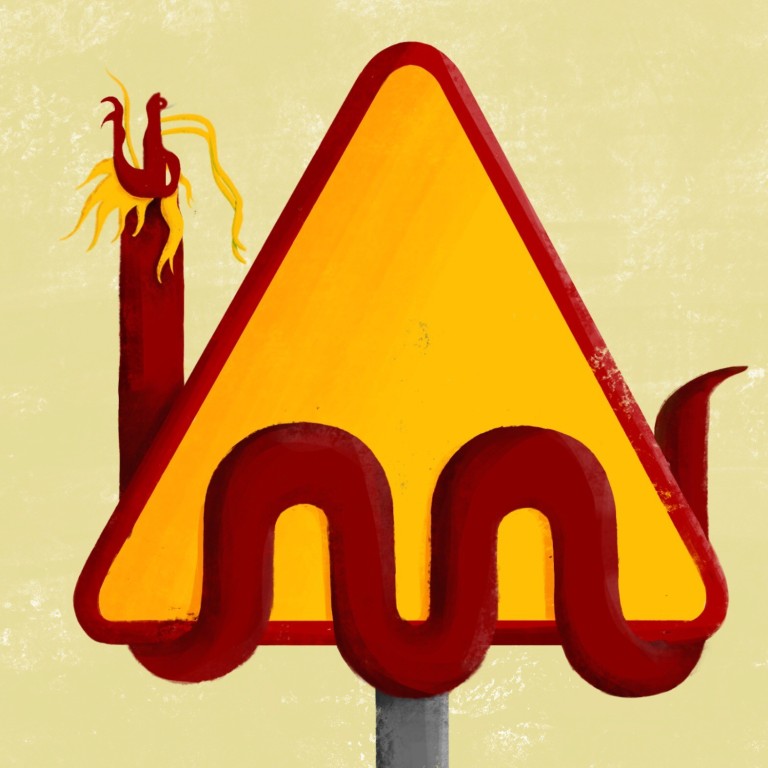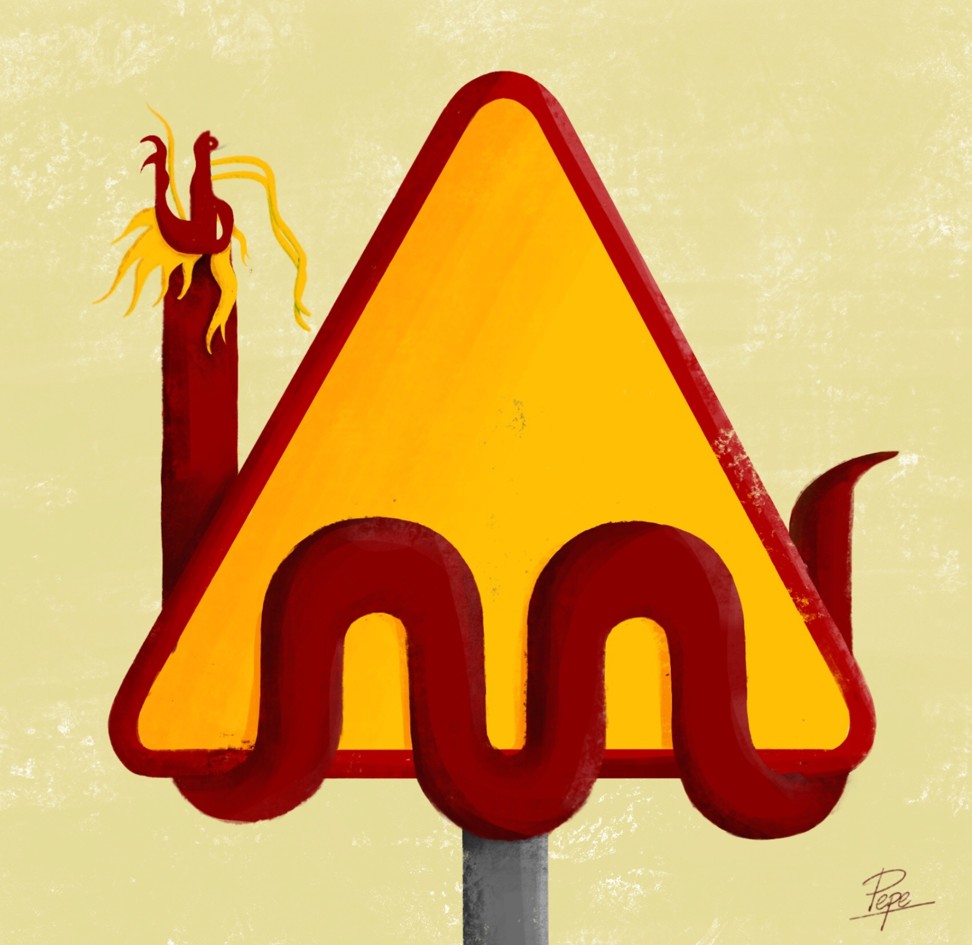
Can China’s Belt and Road plan bring Chinese-style prosperity to developing nations?
Yanfei Li says the answer to a few key questions will determine whether China is able to realise the belt and road principles of shared prosperity and inclusive growth, succeeding where West-led initiatives have failed

While the belt and road strategy is intended to enable participating countries to replicate China’s rapid economic growth, it is unclear whether and how this can happen.
On the belt and road, the Chinese civilisation is on the march
China’s success has been largely predicated upon its unique economic, political, and social characteristics. In the Chinese context, the massive scale of infrastructure development over the past decades has been dominated by government planning and public financing, and supported by state-owned banking and industrial systems that are able to recoup their investments through monopolistic control of steadily growing domestic markets. Within this system, all the financial, political, and policy risks involved in these huge infrastructure investments can be absorbed internally.
It is not clear whether the belt and road countries will be able to replicate this experience, given that they do not share many of the characteristics that enabled China’s dramatic growth. It thus remains to be seen whether and how the belt and road-driven infrastructure projects will provide adequate return on investment for the private sector.
In many of these countries, the World Bank and the Asian Development Bank have been striving to eliminate infrastructure deficits for decades without success. How will the belt and road succeed where these institutions have failed?
‘It’s all for China’s benefit’; why Pakistani traders fear the Friendship Highway runs one way
As a matter of fact, infrastructure projects operated by private investors always face the problem of insufficient return, due to its nature of being a public good – that is, significant positive externality to the public but limited measures to collect service charges from everyone that has benefited. Thus, government subsidies are generally needed to incentivise investment, as well as sustain the operation of the infrastructure. The subsidies required to sustain the operation of the belt and road infrastructure may become a fiscal burden.
Watch: Belt and Road – what, when, why, how?
Even assuming that it is possible to finance and implement the infrastructure side of the grand development vision, will the belt and road be able to facilitate high levels of inclusive economic growth in other countries? Which particular economic sectors will be positioned to take advantage of this infrastructure? How will the additional infrastructure generate new economic activity in the belt and road countries?
Blunt forms of government interference could raise warning signals for belt and road countries
The key to addressing this issue is understanding the role of the Chinese economy in global value chains, and China’s ability to reshape and relocate these value chains to belt and road countries.
Unfortunately, global value chains are still largely controlled by multinational corporations from outside China, which implies that, for belt and road countries to benefit, new opportunities to either participate in or move up global value chains do not rely on the Beijing-led initiative alone.
How China’s belt and road is transforming Asean
On the other hand, the second largest Asean export and the second largest Chinese import also happen to be in the same category: mineral and energy resources.
Thus China is very dependent on Asean economies for the supply of raw material inputs and Asean economies are dependent upon these exports to China. In this case, will the belt and road increase the competition from Asean industries, or will it turn the Asean into a bigger supplier of raw material inputs?
Last but not least, if the belt and road initiative were to forge closer economic and financial ties between China and participating countries, does China have a strong commitment to ensuring that its economic, industrial, fiscal, monetary and financial policies will be sufficiently transparent and consistent, and thus predictable? Given that the Chinese economy is already the world’s second largest, its influence on the economic and financial stability of other nations, especially belt and road ones, will be crucial.
Watch: Belt and Road hits and misses
Addressing infrastructure deficits is a vital means of enabling higher rates of economic growth
Such blunt forms of government interference could raise warning signals for belt and road countries regarding the stability and predictability of the outcome of the plan.
The belt and road plan’s stated principles of inclusive growth and shared economic prosperity are very attractive. Indeed, the history of economic and social development also clearly indicates that addressing infrastructure deficits is a vital means of enabling higher rates of economic growth. So far, initiatives from advanced Western economies have failed to enable the majority of developing nations to achieve their aspirations. It is therefore very tempting for these countries to turn to this new alternative.
However, the above-mentioned crucial questions must be resolved as the prerequisite for belt and road to be feasible. In fact, serious reflection on some of these questions is equally important for the internal reforms that the Chinese economy has longed for under China’s version of the “new normal”.
Yanfei Li is an energy economist at the Economic Research Institute for Asean and East Asia (ERIA). The views expressed here are personal and do not reflect ERIA’s position
